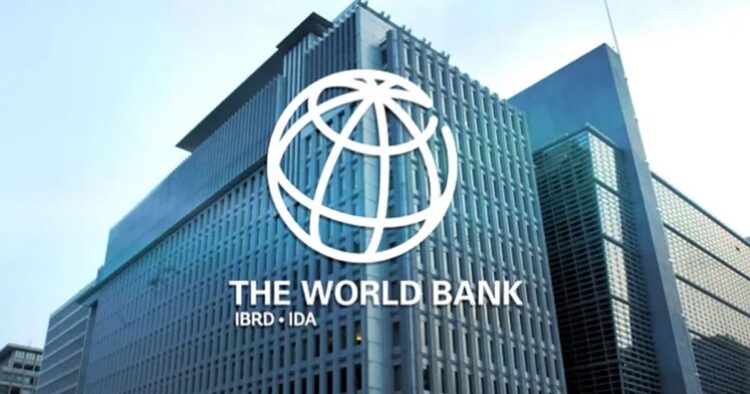World Bank Approves $1.5 Billion to Help India Develop Low-Carbon Energy
The World Bank has approved $1.5 billion in financing to help India accelerate the development of low-carbon energy. This funding aims to promote a vibrant market for green hydrogen, increase renewable energy production, and stimulate financing for low-carbon energy investments.
India’s Rapid Economic Growth
India is the fastest-growing large economy in the world, and its economy is expected to continue expanding rapidly. To decouple economic growth from emissions growth, it is crucial to scale up renewable energy, especially in sectors that are difficult to reduce emissions from, such as heavy industry.
To achieve this, there needs to be an expansion of green hydrogen production and consumption. Green hydrogen is produced using renewable energy sources and is essential for reducing emissions in industrial sectors. Additionally, there is a need to develop climate finance to support low-carbon investments.
Second Low-Carbon Energy Program
The $1.5 billion financing is part of the second Low-Carbon Energy Programmatic Development Policy Operation. This program supports reforms to boost the production of green hydrogen and the development of electrolyzers, which are critical for green hydrogen production. This operation is the second in a series of similar initiatives.
In June 2023, the World Bank approved the first $1.5 billion Low-Carbon Energy Programmatic Development Policy Operation. This initial operation supported the waiver of transmission charges for renewable energy used in green hydrogen projects, initiated plans for 50GW of renewable energy tenders annually, and established a legal framework for a national carbon credit market.
The program also aims to increase renewable energy penetration by incentivizing battery energy storage solutions and amending the Indian Electricity Grid Code to better integrate renewable energy into the grid.
Creating Clean Energy Jobs
“The World Bank is pleased to continue supporting India’s low-carbon development strategy, which will help achieve the country’s net-zero target while creating clean energy jobs in the private sector,” said Auguste Tano Kouame, World Bank Country Director for India. Both operations focus on boosting private investment in green hydrogen and renewable energy.
The reforms supported by the operation are expected to result in the production of at least 450,000 metric tons of green hydrogen and 1,500MW of electrolyzers per year from FY25-26 onwards. In addition, it will significantly increase renewable energy capacity and support emission reductions by 50 million tons per year. The operation will also help develop a national carbon credit market.
ALSO READ: “UN Reports Only 17% of Global Life Improvement Targets on Track for 2030”
Government and World Bank Partnership
“India has taken bold action to develop a domestic market for green hydrogen, supported by rapidly expanding renewable energy capacity. The first tenders under the National Green Hydrogen Mission’s incentive scheme have shown significant private sector interest,” said Aurélien Kruse, Xiaodong Wang, and Surbhi Goyal, Team Leaders for the operation.
The operation helps scale up investments in green hydrogen and renewable energy infrastructure, contributing to India’s Nationally Determined Contribution targets.
The financing for this operation includes a $1.46 billion loan from the International Bank for Reconstruction and Development (IBRD) and a $31.5 million credit from the International Development Association (IDA).
This operation aligns with the Government of India’s energy security goals and the World Bank’s Hydrogen for Development (H4D) Partnership.
















Comments